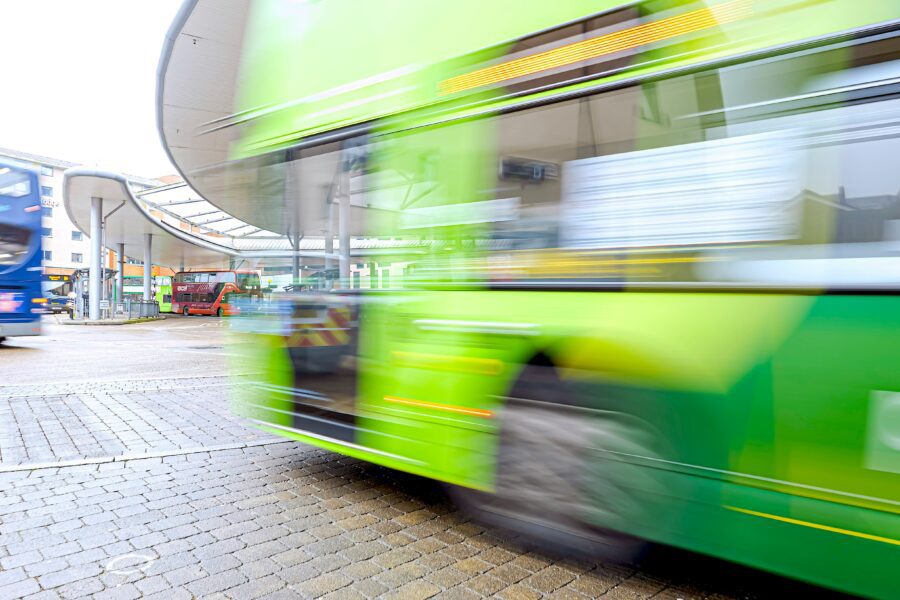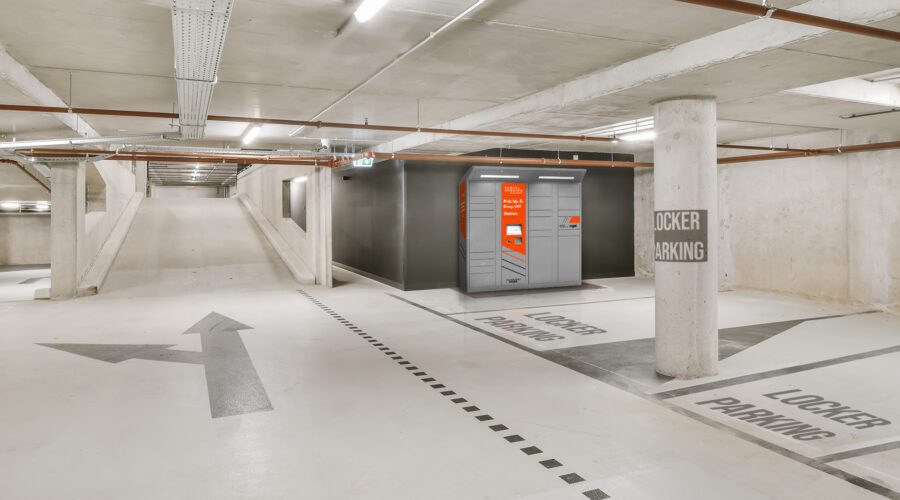
Our Blog
How the BTR Industry can Minimise Carbon Footprint by Reducing Parcel Redeliveries
Written by: pdm
3 Min Read
Published: October 1, 2021
Updated: December 13, 2022
Build to Rent developments minimise carbon footprint by reducing redeliveries
Recent years have seen consumer demand for green and sustainable products increasing. People are keen to ‘do their bit’ through the things they buy and the way they buy them. Online shopping is a case in point. While our appetite for it is undiminished, there is a growing backlash against excessive packaging. However, packaging isn’t the only sustainability issue with online shopping. The traffic from deliveries contributes to carbon emissions and if first-time delivery attempts fail, redeliveries make the problem worse.
A 2020 World Economic Forum (WEF) report estimates the demand for last-mile delivery in urban areas will increase by 78 per cent by 2030, leading to a rise in emissions from these deliveries of over 30 per cent in the world’s top 100 cities. In 2017, the RAC reported that vans are the fastest-growing traffic segment in the UK and that parcel vans run greater mileage than average, meaning their road occupancy is around 10 per cent of van traffic.
That’s an issue for the UK, striving to deliver ambitious ‘Net Zero’ carbon emissions by 2050, and for Build to Rent (BTR) owner-operators striving to reduce carbon emissions and traffic congestion at their sites.
If a first-time delivery fails, depending on the courier, there can be up to two further attempts. After that, parcels may be taken to a depot for the customer to collect, meaning a total of four journeys occur instead of the desired one.
If BTR can ensure first deliveries every time, it can minimise avoidable emissions. What’s more, if properties can consolidate deliveries to single on-site drop-off locations, as opposed to floor-to-floor and door-to-door, they can reduce elevator, and therefore electricity, usage as well as delivery and dwell times that add to traffic congestion.
Strengthening green credentials with parcel lockers
Ideally, parcel deliveries succeed on the first attempt. That way, they best meet the needs and expectations of residents, BTR owner-operators and the environment. Owner-operators can strive to make that happen through smart parcel lockers that help eliminate redeliveries.
Instead of delivering parcels direct to residents’ doors, couriers place them in smart lockers. Lockers can be inside or outside in a convenient, accessible location.
Residents then self-serve, collecting their parcels whenever it suits them, 24/7. They’re notified automatically when a parcel is placed into a locker, so they always know when to collect. Staff have minimal involvement and couriers no longer have to redeliver. Also, as they don’t take parcels direct to residents, visitors in the building are minimised for improved security.
It’s a solution that strengthens the property’s green credentials through efficient, traffic-minimising parcel delivery practices. At the same time, the convenience and security of lockers holding packages until they are collected adds to increased resident satisfaction with building amenities and helps BTR owner-operators meet goals for all services to be accessible within 15 minutes. Competition is fierce among BTR properties priding themselves on the facilities they offer. Excellence in parcel management can contribute to residents’ decisions to renew.
Theory in action
To test the theory that parcel lockers can contribute to reduced congestion and pollution, Parcel Pending by Quadient ran a pilot project in the US with the University of Washington and its Urban Freight Lab7, with the participation of two carriers (UPS and USPS), property managers at the Seattle Municipal Tower (CBRE), the Seattle Department of Transportation, and building residents. The results revealed:
- Total delivery time plummeted 78 per cent, compared to floor-to-floor and door-to-door delivery
- There were zero failed deliveries to the lockers, compared to seven in the traditional delivery model
- A significant reduction in dwell time (time spent parked in a loading zone) reducing traffic and carbon emissions.
Parcel lockers can help reduce the carbon footprints of BTR buildings by minimising parcel redeliveries. They can also support owner-operators’ objectives to reduce traffic and congestion at sites by speeding up and streamlining delivery processes so that vans and lorries don’t stay as long on site. At the same time, the security and convenience of a parcel locker solution reduces the burden on staff of managing parcel drop-offs and pick-ups. For residents, lockers provide an ideal way to assure convenient, 24/7 availability of their parcels, ready to collect whenever they are, without the hassle of redelivery.
For more information about how to minimise parcel redeliveries to your residential development with an intelligent locker solution – click here.



